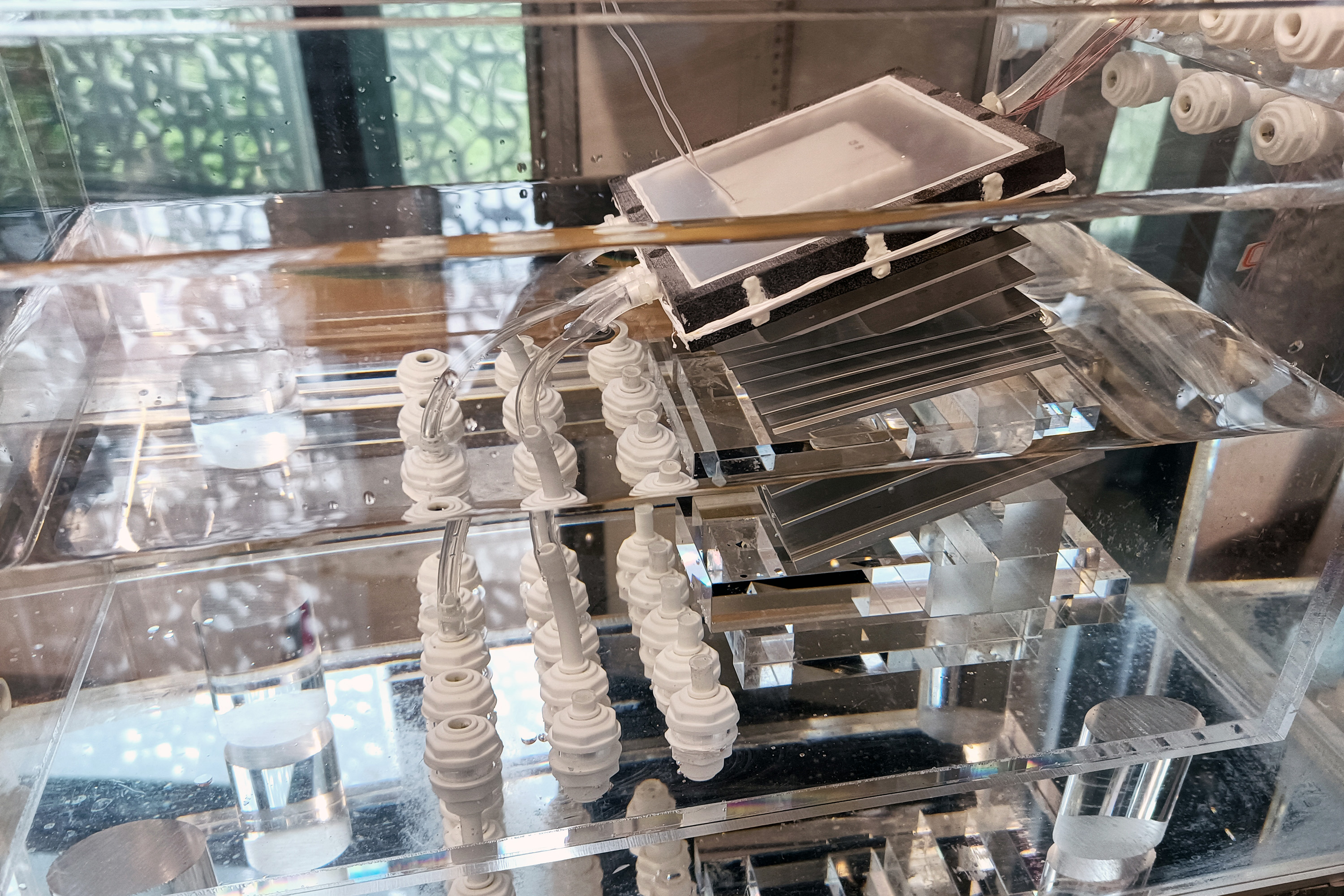Engineers at MIT and in China are aiming to turn seawater into drinking water with a completely passive device that is inspired by the ocean, and powered by the sun.
In a paper appearing today in the journal Joule, the team outlines the design for a new solar desalination system that takes in saltwater and heats it with natural sunlight.
The researchers estimate that if the system is scaled up to the size of a small suitcase, it could produce about 4 to 6 liters of drinking water per hour and last several years before requiring replacement parts. At this scale and performance, the system could produce drinking water at a rate and price that is cheaper than tap water.



Sounds like this could be feasible for coastal places that are water-thirsty then? (I mean if, for example, L.A. was self-sufficient (or close to it) on water, that would mean quite a lot for its upstream/uphill neighbors). Today L.A. draws from local groundwater, canals from inland, and the Colorado River Aqueduct- and everyone that also depends on those has to make allowances for LA.